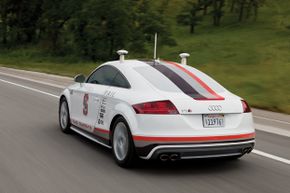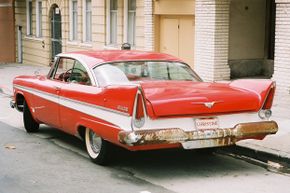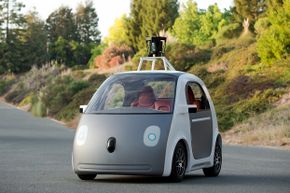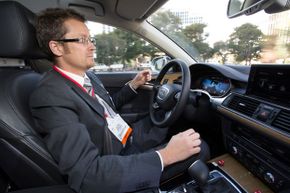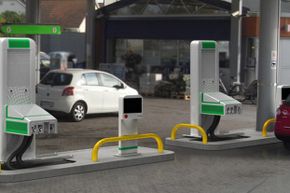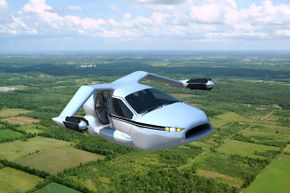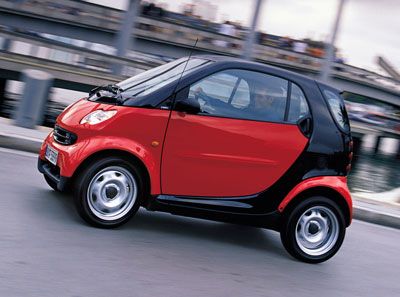By now, we've all seen pictures of self-driving cars, like Google's fleet of Priuses with freaky rigs on their roofs, or completely driverless cars, like Google's latest cute little guy, which doesn't even have traditional controls for humans to use.
Think about this: We may someday have to explain to our grandkids what a steering wheel was. Probably at the same time we're explaining to them why we clung to our old gasoline burning engines for so long — and that's the reason these poor kids have never been outside the dome we all live under.
Advertisement
But enough doom and gloom! Now is the time to get in on the ground floor of self-driving cars with a wish list of things we'd like to see engineers and designers include in these cars before they're fully formed.
